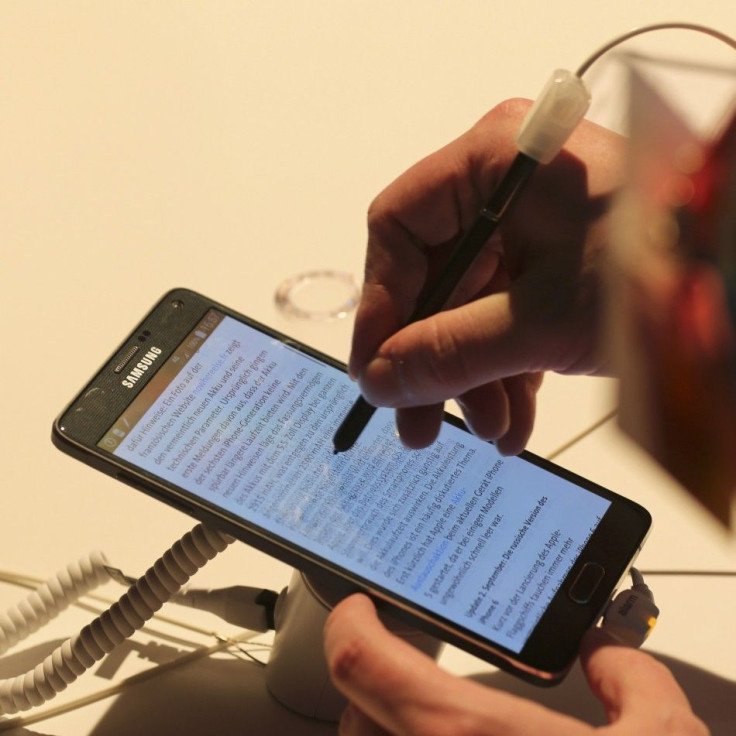Samsung Galaxy S6 vs Galaxy S5 vs Galaxy Note 4: The New Samsung Flagship Pitted Against 2014 Flagships

Samsung has released the much hyped Galaxy S6, the 2015 flagship smartphone. It will replace last year’s Galaxy S5. Moreover, it is packed with specs that allows it compete with the Galaxy Note 4 phablet that was released in September last year. Here is a comparison on the specs of all the three devices:
Design
The exterior of the Galaxy S5 is completely made up of plastic and it also sports a cheap plastic frame on the sides of the device. However, it sports a water and dust-resistant chassis. The Galaxy Note 4 is a premium device that houses a real metal frame on its edges with faux leather on the back panel. However, the construction is not resistant to water or dust.
With the front and the back of Samsung Galaxy S6 flanked with glass along with a metal frame on its edges, the Galaxy S6 slots itself as a premium device. Like the Note 4, the Galaxy S6 is also devoid of water and dust resistant construction.
Display
All the three flagships sport Super AMOLED display. Since the Note 4 is a phablet model, it sports a huge 5.7-inch display with support for Quad HD resolution and 515 ppi. The Galaxy S5 and the Galaxy S6 have 5.1-inch display screens.
The Galaxy S5 has a full HD display supporting a pixel density of 432 ppi. The Galaxy S6 has a Quad HD screen supporting a pixel count of 577 ppi.
Chipset
The Galaxy S5 is powered by the ageing Snapdragon 801 chipset that includes a quad-core processor those clocks at 2.5 GHz. It is coupled with Adreno 330 graphics and 2 GB of RAM.
The Samsung Galaxy Note 4 is running on the home-baked Exynos 5433 chipset that comprises of quad-cores of Cortex A53 and quad-cores of Cortex A57 running at speeds of 1.3 GHz and 1.9 GHz, respectively. It is provided with Mali-T760 graphics and 3 GB of RAM.
The Galaxy S6 is powered with the most recent Exynos 7420 chipset that features a 64-bit processor. It contains four cores of Cortex A53 and four cores of Cortex A57 with clocking speeds of 1.5 GHz and 2.1 GHz, respectively. The chipset is supported by Mali-T760 graphics and 3 GB of RAM.
Camera
All three flagships come with 16 MP rear camera. It comes with features like dual-LED flash, optical image stabilisation, video recording of 2160 pixels at 30 fps, 1080 pixels at 60 fps and more.
The front camera of Galaxy S5 is of 2 MP that supports full HD video recording. The 3.7 MP frontal camera of Galaxy Note 4 supports of 1440 pixels and optimised to snap stunning selfies. The 5 MP selfie camera supports full HD video shooting.
Battery
The Galaxy S5 is built with 2,800 mAh battery. It offers a talk time of up to 21 hours on 3G and standby time of over 16 days on 3G. The Galaxy Note 4’s battery of 3,220 mAh can deliver a 3G talk time of up to 20 hours. The Galaxy S6 is packed with a 2,550 mAh battery. However, the details on the lasting ability for talk time and standby time is not known yet.
To report problems or to leave feedback about this article, email a.sivanandan@ibtimes.com.au





















